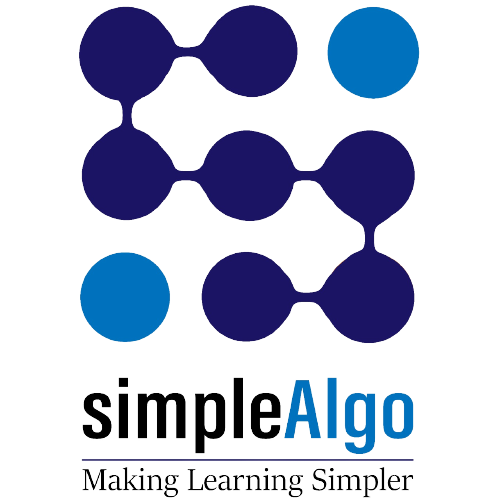Python AI-ML
AI (Artificial Intelligence) and ML (Machine Learning) are closely related fields. AI refers to the development of intelligent systems that can perform tasks that typically require human intelligence. ML is a subset of AI that focuses on training machines to learn from data and make predictions or decisions without being explicitly programmed.
Here’s a pictorial description to illustrate the relationship between AI and ML:

In this diagram, you can see the broader field of AI at the top, with two main branches: Symbolic AI and Statistical ML. Symbolic AI focuses on representing knowledge in a logical or symbolic form, whereas Statistical ML leverages statistical techniques to learn patterns and make predictions.
Under Symbolic AI, you can find Expert Systems, which are rule-based systems designed to mimic human expertise in specific domains. Under Statistical ML, you have two main branches: Supervised Learning and Unsupervised Learning.
Supervised Learning involves training a model using labeled data, where the input features are paired with corresponding target labels. The model learns to make predictions by finding patterns in the labeled data.
Unsupervised Learning, on the other hand, deals with unlabeled data and focuses on discovering hidden patterns or structures within the data without explicit labels.
Additionally, there are other subfields within AI, such as Natural Language Processing (NLP), which focuses on enabling machines to understand and generate human language.
This diagram provides a high-level overview of the relationship between AI and ML, as well as some of the key subfields within these domains.

